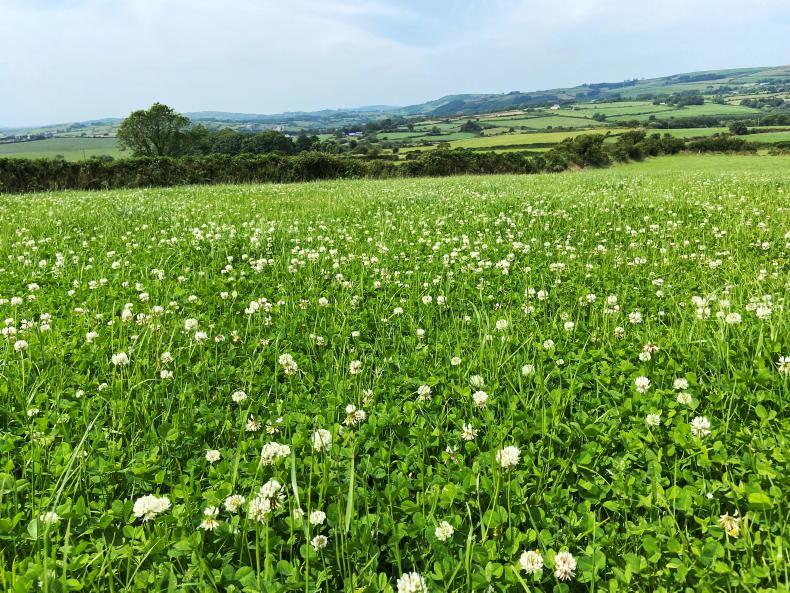With huge increases in the cost of fertiliser, not to mention intense scrutiny on water quality and greenhouse gas emissions, it is little wonder that more and more farmers are looking to clover to provide more nitrogen.
While some see clover as a quick fix, those that have experience of growing and managing it know that it’s a far from a simple plant to manage.
The following are some tips for establishing and managing clover in 2022.
Fix soil fertility first
Clover has a higher requirement for pH, phosphorus, potash and other trace elements than perennial ryegrass. It is also more shallow rooting than ryegrass, so it needs good soil fertility near the surface. If soil fertility is inadequate, fix it before trying to establish clover.
Prioritise reseeds
The easiest way to get clover established is to sow it when reseeding, as thre is less competition from ryegrass, excellent seed to soil contact and good options for weed control. Nitrogen should be reduced on reseeded fields in order to prevent the clover seedlings from being shaded out and the reseeds should be grazed regularly at low covers.
Reduce nitrogen
Most farmers that have already embarked on their clover journey express amazement at just how much clover increases when chemical nitrogen is reduced. Where clover is present in sufficient quantities, chemical nitrogen can be reduced to zero to 50% of normal levels from May onwards. If you do not reduce nitrogen, clover contents will not increase sufficiently and the clover will not deliver sufficient biological nitrogen.
Over-sow with caution
Over-sowing is a tool that can be used to bolster clover content in a field with clover already established. It is difficult to get clover established in a field with no clover through over-sowing. It is possible to do, but doing so correctly seriously reduces the amount of pasture that can be produced from that field during the establishment process. If over-sowing, do no more than one or maybe two paddocks at a time, over-sow in May, cut back nitrogen to close to zero and graze at low covers for the rest of the summer.
Graze last in autumn
Clover is a plant that is constantly a risk. There are so many risks to clover it's hard to quantify them all. One we do know of is the risk of being shaded out by high grass covers. Minimising this risk involves avoiding both very high silage yields and high closing covers in late autumn. Therefore, high clover paddocks should be grazed last in autumn so the clover plants have access to light over the winter months.






 This is a subscriber-only article
This is a subscriber-only article











SHARING OPTIONS: